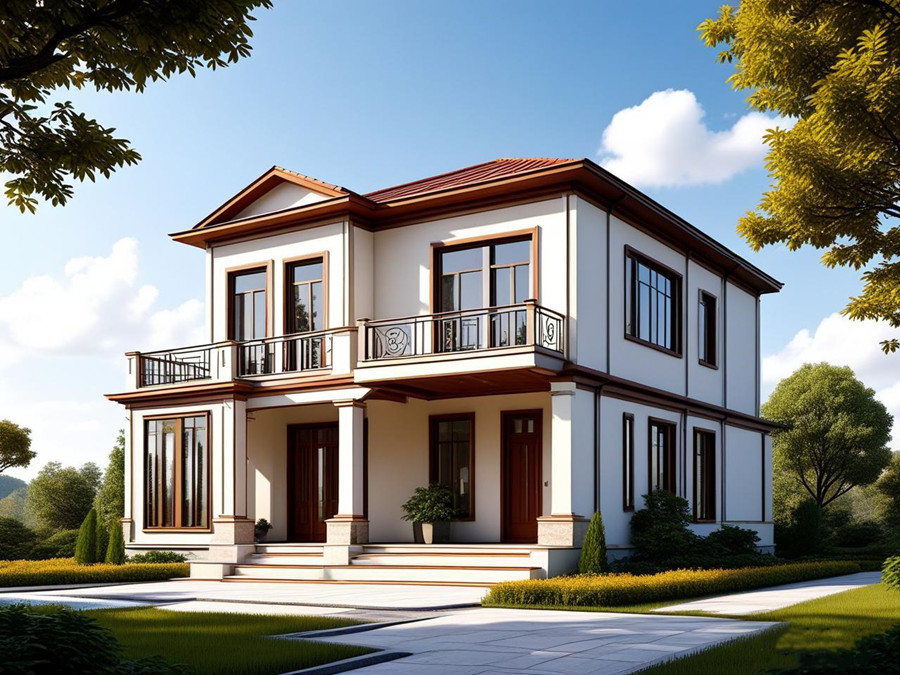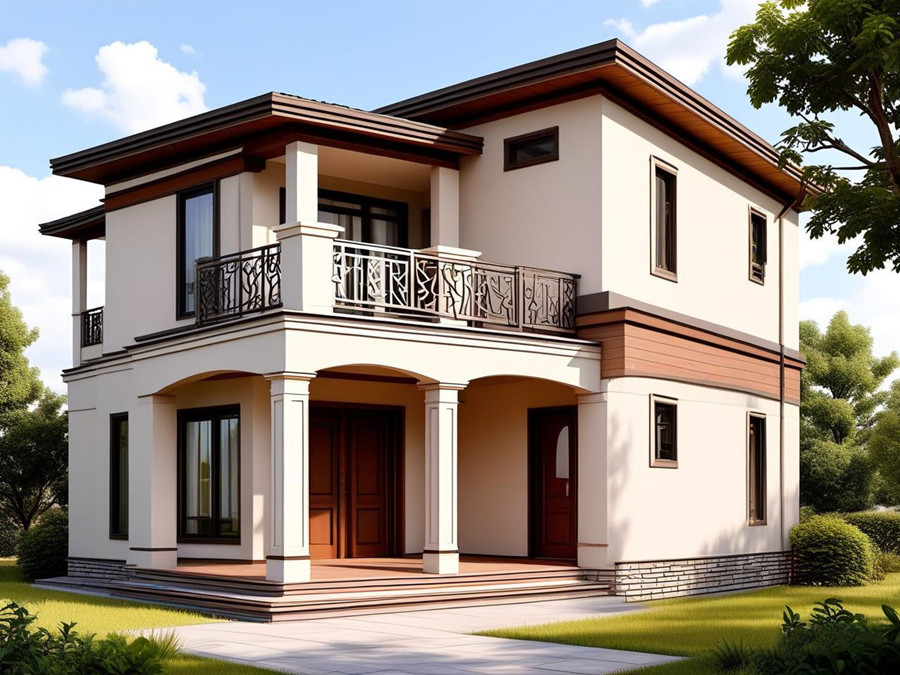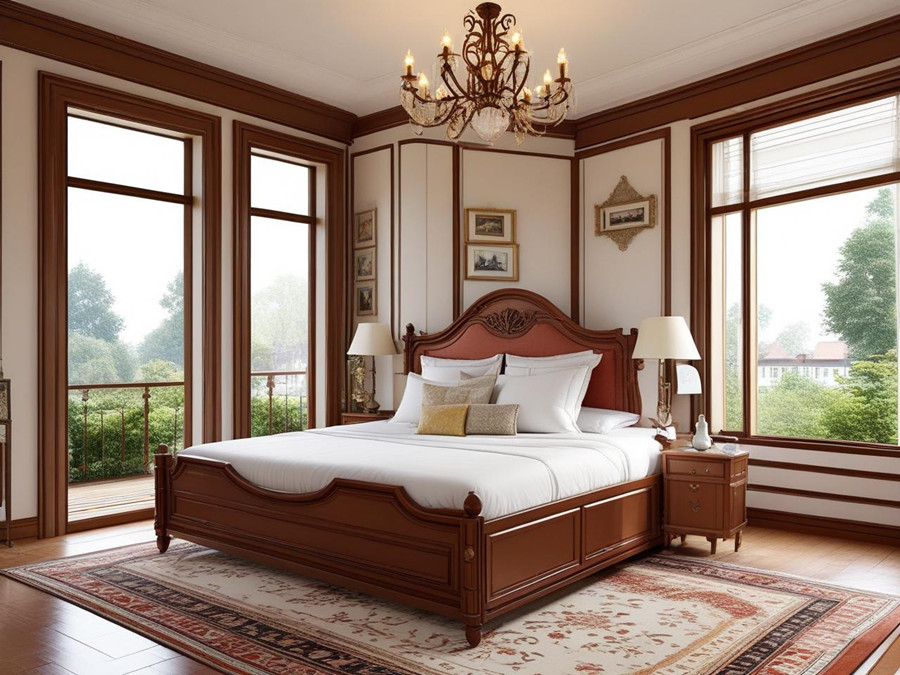Why Moisture Control is Critical for Light Steel Villas
Light steel villas are praised for their durability, speed of construction, and eco-friendliness. However, without proper moisture management, humidity can lead to corrosion, mold growth, and structural weakening—costing up to 30% more in long-term repairs (2025 Global Steel Housing Report). This guide combines the latest industry standards (ISO 20617:2025) and real-world case studies to help you build or maintain a moisture-resistant steel villa.

Five Proven Strategies to Prevent Moisture in Light Steel Villas
1. Choose the Right Materials: Build a Moisture-Resistant Core
- Galvanized Steel Frames: Opt for G550 ZM310-coated steel (zinc-aluminum-magnesium alloy), which offers 6x better corrosion resistance than standard galvanized steel.
- Vapor Barriers: Install 0.15mm cross-laminated polyethylene membranes between insulation and interior walls to block condensation.
- Breathable Exterior Cladding: Use cement-fiber boards with built-in drainage channels (e.g., James Hardie’s 2025 AquaSafe系列) to let trapped moisture escape.
2. Optimize Structural Design for Humidity Control
- Elevated Foundations: Raise the villa 30-50cm above ground level with reinforced concrete piers to prevent groundwater seepage.
- Sloped Roofs and Overhangs: Design roof slopes ≥25° with 60cm overhangs to divert rainwater away from walls.
- Ventilation Systems: Integrate energy-recovery ventilators (ERVs) to maintain 40-60% indoor humidity while reducing energy loss.
3. Construction Phase Best Practices
- Seal All Joints: Apply butyl tape or liquid-applied sealants (e.g., SikaFlex Pro 25) to steel frame connections and penetrations.
- Insulation Installation: Use closed-cell spray foam (R-value ≥6.5 per inch) to fill cavities completely, eliminating air pockets where moisture can accumulate.
- Pre-Inspection Protocols: Conduct thermal imaging scans before closing walls to detect hidden gaps.
4. Smart Humidity Monitoring Tech for 2025
- Wireless Sensors: Deploy IoT-enabled devices like *HumiGuard 2025* to track humidity levels in real-time (alerts via smartphone at >55% RH).
- Automated Dehumidifiers: Link sensors to whole-house dehumidifiers (e.g., AprilAire 8500) for hands-free moisture control.
5. Long-Term Maintenance Checklist
- Annual Inspections: Check for rust spots (treat with phosphoric acid converters), reseal exterior joints, and clear gutter debris.
- Landscaping Adjustments: Plant water-absorbing shrubs (e.g., hydrangeas) 1.5m away from walls to reduce soil moisture.

Case Study: Solving Humidity in a Coastal Light Steel Villa (2024)
•Location: Gold Coast, Australia (avg. humidity 75%).
•Challenge: Recurrent mold in bathroom walls and rust on steel beams.
•Solution:
- Replaced standard insulation with aerogel panels (98% air, hydrophobic).
- Installed zinc sacrificial anodes on foundation steel to prevent galvanic corrosion.
- Added smart ventilation fans triggered by humidity sensors.
•Result: Humidity dropped to 45%, maintenance costs reduced by 55% over 12 months.
FAQs: Addressing Common Concerns
“Will moisture-proofing increase construction costs?”
→ Initial costs rise 8-12%, but save 20-30% in repairs over 10 years (2025 Steel Building ROI Report).
“Can existing steel villas be retrofitted?”
→ Yes! Apply silane-siloxane waterproof coatings to exteriors and upgrade attic insulation.
“How often should humidity sensors be calibrated?”
→ Annually, using certified calibration kits (e.g., Extech RH520).

Future Trends: 2025 Innovations to Watch
- Self-Healing Coatings: Nano-capsule coatings (e.g., *NanoShield V2*) automatically fill microcracks when exposed to moisture.
- AI-Powered Predictive Maintenance: Platforms like *SteelGuard AI* analyze humidity data to forecast risks 6 months in advance.